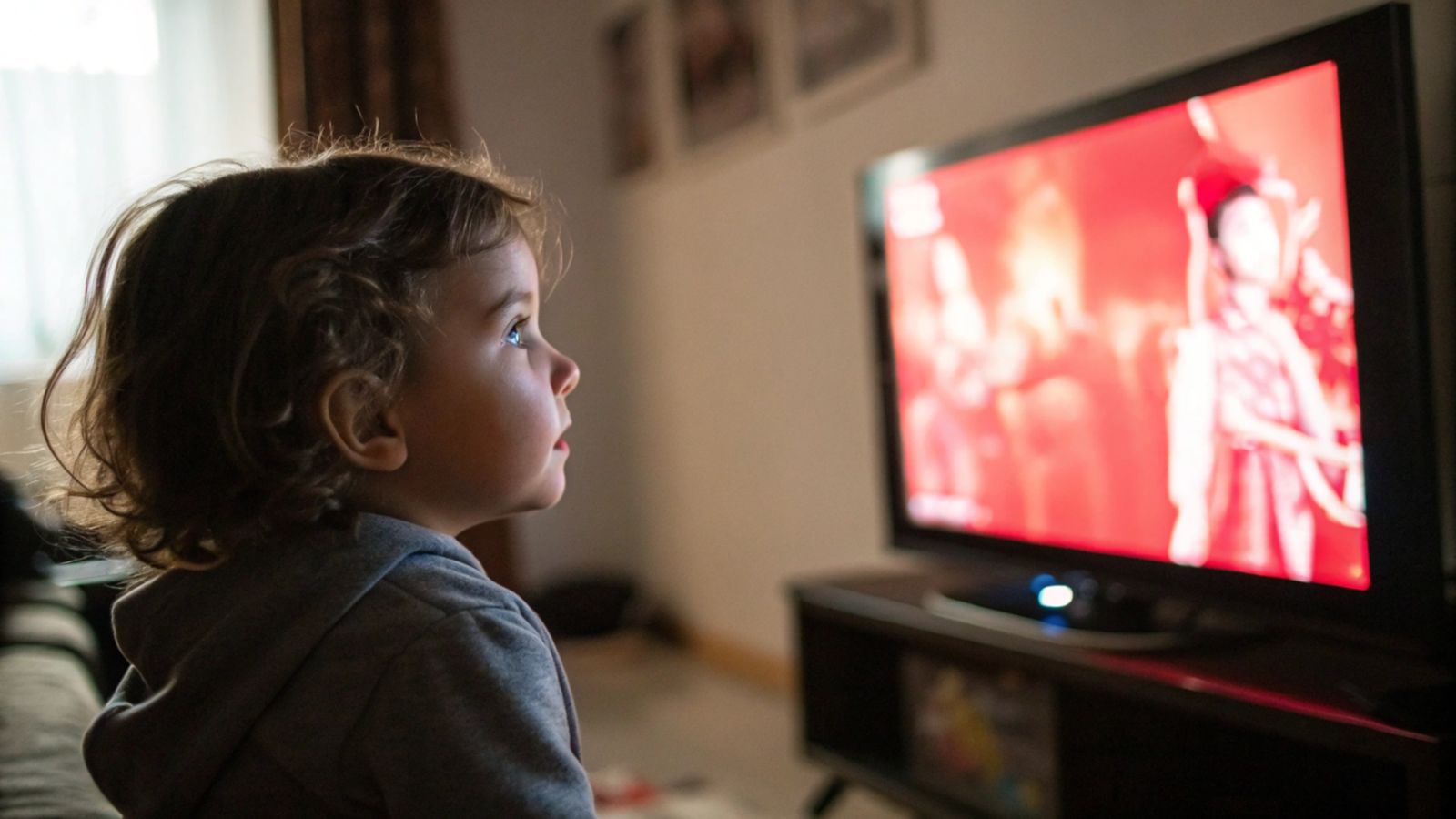Follow us on Google News (click on ☆)

"Although previous studies have shown that exposure to violent models and the rewarding of aggressive behaviors can have an immediate effect on aggression in four-year-old children, few have explored their long-term consequences on antisocial behavior. We therefore chose to study these consequences in adolescents," explains Linda Pagani, who is also a researcher at the Azrieli Research Centre of the CHU Sainte-Justine. "Our research team also targeted children from middle-class families, as this group is statistically less likely to exhibit aggressive or harmful behaviors towards others, making them an ideal population to examine this issue."
Nearly 2000 children studied over an 11-year period
The study participants, 963 girls and 982 boys, are part of the Quebec Longitudinal Study of Child Development cohort and were born between spring 1997 and spring 1998.
Initially, their parents reported the frequency of exposure to violent television content at the ages of 3.5 and 4.5 years. When these children reached the age of 15, they themselves answered several questions related to antisocial behaviors.
Professor Pagani and her team defined on-screen violence as any physical, verbal, or relational aggression and situations where the protagonist intentionally attempts to harm or cause distress to others. According to the study, "children are drawn to fast-paced and stimulating violent content, which often features attractive characters such as superheroes who perform aggressive actions and are rewarded for them, increasing the likelihood of exposure to violence."
The research team then conducted analyses to determine whether exposure to violent television content at the ages of 3.5 and 4.5 years was a predictor of antisocial behavior 11 years later.
"We statistically accounted for other factors related to the child and their family that could explain our results to ensure the accuracy of the findings on the link between exposure to violent content and antisocial behaviors," specifies Professor Pagani.
Aggressive and violent behaviors in boys
In boys only, exposure to violent television content during early childhood was associated with an increase in antisocial behaviors at the age of 15. These antisocial behaviors manifested as aggressive actions such as hitting or beating another person with the intent to rob or take advantage of them, with or without apparent reason.
The use of threats and insults, participation in gang fights among adolescents, and the use of weapons are also part of the aggressive antisocial behaviors recorded in connection with childhood exposure to violent television content.
No increase in these behaviors was observed in girls, which did not surprise the research team, as boys are generally more exposed to such content.
"Our study provides compelling evidence that young children's exposure to media violence can have serious and lasting consequences, particularly in boys," mentions Linda Pagani. "It also demonstrates the urgent need for public health prevention campaigns to raise awareness among parents and communities about the long-term risks of this exposure and to enable them to make informed choices regarding the violent digital content to which their children are also exposed."
Thus, parents and communities can play a crucial role in preventing adolescent violent behaviors by avoiding the exposure of very young children to violent on-screen content, concludes Professor Pagani, who conducted the study with a team of scientists from Canada, the United States, and Italy.